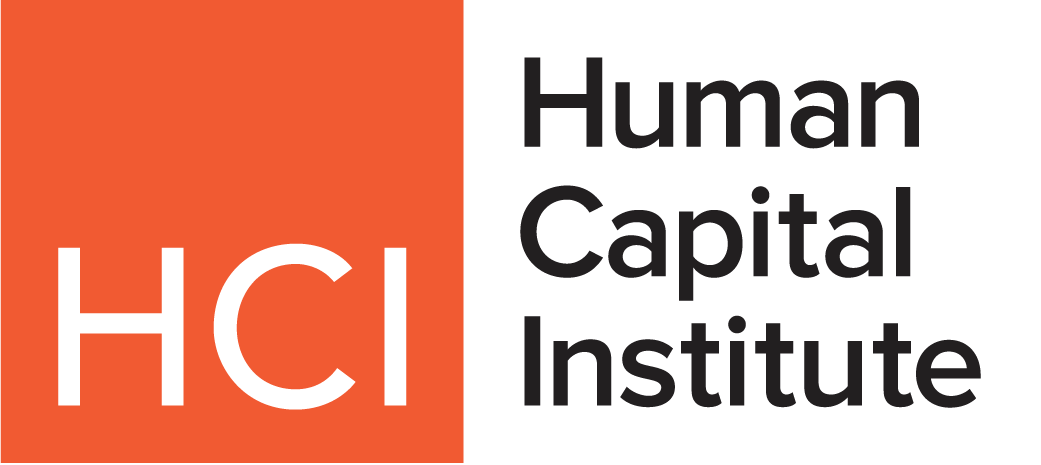Private equity quietly powers a sizable share of the U.S. economy—and it’s running headlong into a leadership bottleneck that threatens to slow job growth.
PE firms invest in companies, employ various methods to create value, and then exit the investments to return proceeds to the investors, often pension funds.
But the exit part of that equation has been largely frozen for several years.
That means seasoned C-suite and VP level executives are effectively locked into their companies and are not available to take on new roles. That in turn means the value creation plans for many PE-backed firms are at risk, and so are the jobs they create.
While there are hopeful signs that exit activity could pick up in the second half of the year, there is a backlog of exits that may take years to work through.
For talent leaders recruiting senior executives for the sector, the leadership bottleneck promises to make hiring harder as demand for seasoned leaders outstrips supply.
PE: The Quiet Jobs Engine
The PE sector’s footprint is enormous. The American Investment Council reports that PE-backed companies employ 13.3 million Americans. When you add supplier and consumer-spending ripple effects, PE supports roughly 31 million U.S. jobs—close to one in five workers.
That breadth underscores why a shortage of seasoned C-suite leaders isn’t just an HR headache; it’s a structural risk for growth, job creation, and long-term value.
The typical paths to exit a company are by acquisition by a larger company, a sale to another investor group or perhaps an Initial Public Offering.
But because activity has slowed across all three paths, PE portfolios are bloated. An inventory of roughly 12,000 unsold U.S. portfolio companies has built up, according to data from PitchBook.
The record high inventory reflects a two- to three-year logjam that some observers estimate could take seven to eight years to clear at recent exit rates.
Despite promising signs of exit paths re-opening, momentum wobbled again this spring as U.S. PE exits fell 25% from Q1 to Q2 2025.
The exit freeze further extends hold periods and stretches leadership benches thin across portfolios.
C-suite Supply and Demand
Leadership talent is far and away the most important tool in the PE firm’s toolbox today. Growing company value most often boils down to execution.
Yet the supply of proven PE-grade executives isn’t keeping pace with demand. Two trends are colliding:
- Turnover is unusually low among top operators, as many leaders stay put to ride out extended hold periods and potential near-term exits. Our own mid-year view found executive turnover running well below historical norms. Meanwhile, when great candidates do surface, interview-to-offer timelines have compressed by more than 20%—and slow movers lose.
- Compensation has surged. Multiple benchmarks show SaaS C-suite cash compensation continuing to climb meaningfully in 1H25, with total cash packages now in the mid-$500,000s on average across roles—and up roughly 25% over the last couple of years in many cases. That’s consistent with what we see across the software and SaaS portfolios we support, and with other market snapshots published this year.
Overcoming the Crunch: 6 Steps
HR and talent leaders and their boards can ease the tight executive market in several concrete ways:
- Start succession earlier and make it continuous: Years of elongated hold periods have exposed the cost of “just-in-time” recruiting. Boards are moving to year-round succession planning, pre-validating external slates for CEO, CFO, and Go-to-Market seats while simultaneously nurturing internal executives for potential promotion.
- Consider step-ups: When recruiting for the C-suite, it is easy to become fixated on finding a “unicorn” candidate – the greatly accomplished, seasoned executive who has done exactly what you need in the exact industry. But our clients have found great success in considering “step-ups,” strong VPs who are hungry to prove themselves in their first C-suite role. Our placements from the past 15 years show that step-ups can be just as successful as seasoned C-suite leaders if they are onboarded and supported appropriately.
- Build a portfolio talent function: More firms now run portfolio talent teams that map critical roles, engage with search firms, and pressure-test leadership against the value creation plan.
- Elevate human-capital diligence: Buyers are going deep on leadership diligence to assess if the executives in seat can deliver on the value creation plan.
- Redesign pay for today’s market: With equity liquidity deferred and candidates asking for certainty, boards are tilting toward higher cash and tighter performance line-of-sight while keeping meaningful upside for outperformance.
- Shorten the time to decision: The best boards now pre-agree on scorecards, references, and compensation guardrails so searches can move decisively when a target becomes available—crucial in a market where top candidates often juggle multiple offers.
When Exits Return
This isn’t just a talent story; it’s a structural risk for an industry that touches millions of jobs and trillions in enterprise value.
But the bottleneck in exits will eventually end as acquisition rates recover and IPOs restart in earnest. That in turn will ease the supply side crunch in leadership as experienced executives seek their next assignments.
Until the market loosens, HR leaders and their recruiters should employ ways to broaden the executive talent pool, streamline hiring processes and plan compensation packages to reflect today’s environment.
Eric Walczykowski is CEO of Bespoke Partners, an executive search firm specializing in recruiting leaders for private equity portfolios. Eric is a proven growth executive with experience as CEO, President, Board Member, Investor, and Advisor, driving over $4.5 billion in successful exits for technology companies.




